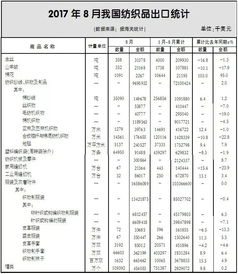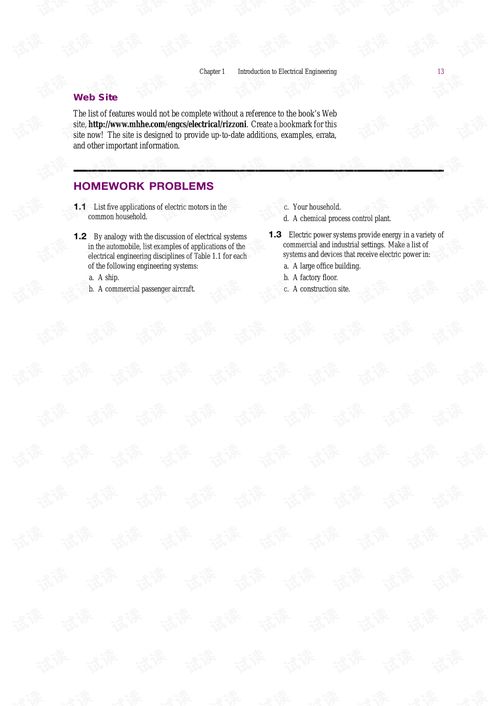The Role of the Government in Shaping Textile Industry Policies
The government plays a crucial role in shaping textile industry policies. The government can influence the development of the textile industry by setting policies and regulations that promote innovation, competition, and technological advancement. The government can also provide incentives to encourage investment in the textile industry, such as tax breaks or subsidies for research and development. Additionally, the government can regulate the industry to ensure compliance with environmental standards and labor laws. By working together with the private sector, the government can create a supportive environment for the growth of the textile industry.
Introduction: The textile industry is a vital sector in many countries, contributing significantly to employment, economic growth, and cultural diversity. Governments play a crucial role in shaping policies that support this industry by setting standards, promoting innovation, and ensuring fair competition. This article will discuss the various policies that governments have implemented to promote the textile industry and the challenges they face in achieving their goals.
Standards and Regulations: Governments establish regulations and standards for textile products to ensure quality, safety, and environmental sustainability. These regulations cover aspects such as labeling, testing, and certification processes. For example, the European Union (EU) has a comprehensive set of regulations for textile products, including the REACH regulation for chemicals used in textile production. The EU's policy on sustainable development aims to reduce the use of harmful chemicals and promote environmentally friendly practices in the textile industry.
Innovation and Technology: Governments invest in research and development to improve textile technology and create new products. This includes funding for R&D centers and supporting collaborations between universities and industry. Some successful examples include the development of eco-friendly dyes and fabrics that are biodegradable and reduce water pollution. In addition, governments provide incentives for companies to adopt new technologies, such as automation and digitalization, which can increase efficiency and reduce costs.
Trade Policies: Governments implement trade policies to protect domestic industries and stimulate growth in the textile sector. They may impose tariffs or subsidies on imported goods, depending on their level of protectionism. For example, China has implemented a series of tariffs on foreign textile products to protect its own industry. On the other hand, some countries offer incentives to exporters to encourage them to produce goods in their own markets.

Export Support: Governments provide various forms of support to help textile companies expand their markets. This includes providing financing through government agencies or offering tax breaks and other financial incentives. For example, the United States provides export credit insurance to help small and medium-sized enterprises (SMEs) secure financing for overseas investments.
Environmental Policies: Environmental concerns are increasingly important in the textile industry, and governments are taking steps to address these issues. They may require companies to reduce waste, use renewable materials, and implement greener production processes. For example, the EU's Sustainable Development Strategy aims to achieve a circular economy by reducing waste and increasing the use of renewable energy sources.
Conclusion: Governments play a critical role in shaping policies that support the textile industry. By setting standards, promoting innovation, implementing trade policies, providing export support, and addressing environmental concerns, governments can help the industry grow sustainably and contribute to global prosperity. However, there are also challenges that governments must overcome, such as balancing economic growth with environmental protection and ensuring that policies are equitable and accessible to all stakeholders.
随着全球纺织行业的快速发展,各国对于纺织品政策也呈现出不同的调整方向,本篇文章将围绕国家对于纺织品的政策进行深入探讨,并结合具体案例进行分析。
国家纺织品政策概述
纺织品定义与分类
纺织品是指用于制作服装、家居装饰、工艺品等各类产品的原材料,根据不同的分类标准,纺织品政策包括环保政策、质量安全政策、出口政策等。
国家纺织品政策目标
国家纺织品政策旨在促进纺织行业的健康发展,提高产品质量和附加值,同时保护生态环境和消费者权益。
国家纺织品政策的具体措施
环保政策
(1)鼓励使用环保纤维:国家鼓励使用环保纤维生产纺织品,减少对环境的污染。
(2)加强环保检测:国家加强纺织品环保检测力度,确保产品质量符合环保标准。
(3)推广绿色生产方式:国家鼓励企业采用绿色生产方式,减少生产过程中的污染排放。

质量安全政策
(1)加强质量监管:国家加强对纺织品质量安全的监管,确保产品质量符合国家标准。
(2)建立质量追溯体系:国家建立纺织品质量追溯体系,便于消费者查询产品质量信息。
出口政策
(1)鼓励出口:国家鼓励纺织品出口,促进国际贸易的发展。
(2)优化出口结构:国家优化纺织品出口结构,提高出口产品的附加值和竞争力。
案例分析:某国家纺织品政策的具体实施情况
以某国家为例,其纺织品政策的具体实施情况如下:
环保政策实施情况
该国家近年来大力推广环保纤维生产,鼓励企业采用环保技术,加强了对纺织品的环保检测力度,确保产品质量符合环保标准,该国家还建立了纺织品质量追溯体系,方便消费者查询产品质量信息,这些措施的实施,有效地保护了生态环境和消费者权益。
质量安全政策实施情况
该国家在纺织品质量安全方面也采取了一系列措施,加强了对纺织品的检验力度,确保进入市场的纺织品符合国家标准,建立了完善的投诉处理机制,及时处理消费者投诉,维护消费者权益,这些措施的实施,提高了该国家纺织品的质量水平和服务水平。
结论与建议
国家对于纺织品的政策旨在促进纺织行业的健康发展,提高产品质量和附加值,同时保护生态环境和消费者权益,在具体实施过程中,需要加强监管力度,提高产品质量水平和服务水平,还需要加强国际合作,共同应对全球纺织行业面临的挑战和机遇,建议相关企业积极响应国家政策,加强自身建设,提高产品质量和附加值,为纺织行业的发展做出更大的贡献。
Articles related to the knowledge points of this article:
The Essential Knowledge for Textile Designers:A Comprehensive Guide
The Journey of Exquisite Durable Textiles an Insight into 秀力达纺织品
The Story of Sengze Yulong Textiles



